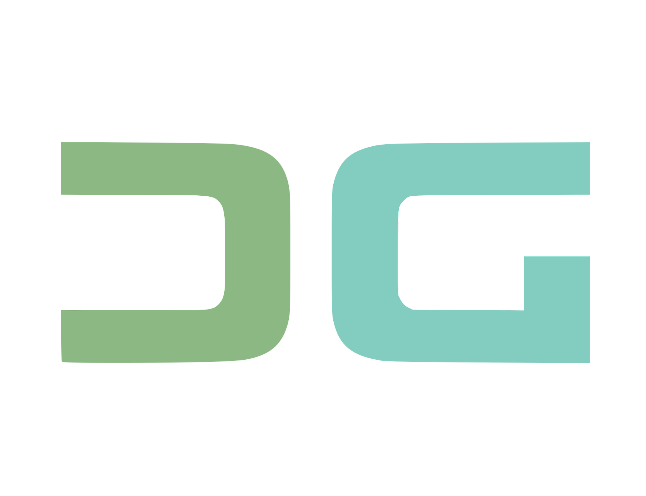
An active and automatic approach is required to secure contained applications in the cloud, where the weaknesses are detected and policy compliance becomes part of the fabric of every deployment. While taking advantage of the Google Container Registry (GCR) and the broad Google Cloud ecosystem, teams can integrate scanning and compliance into their workflow to strengthen scanning and compliance.
Why automatic container scanning?
Manual scans and ed-hock checks are easily forgotten and often too late to prevent unprotected images from reaching production. Automation ensures:
- CI/CD Pipeline (Shift-Left Security)
- Consistency and speed in all deployment environments
- Better compliance posture and audit readiness
- Minimum developer overhead and low manual errors
1. Container Scanning with Google Cloud
Google Cloud provides built-in tools for container image vulnerability scanning. These tools check your images stored in Google Container Registry (GCR) or Artifact Registry for vulnerabilities as soon as they are pushed.
Key Features:
- Automated scans triggered on image push
- Detection of known CVEs and security issues
- Integration with Cloud Build and CI/CD workflows
- Visibility into security findings in the Google Cloud Console and via APIs
2. Integrating Container Scans into the CI/CD Pipeline
A production-grade workflow should embed scanning as a blocking step in the CI/CD process:
Typical flow:
- Build: Developers commit code; CI builds a container image.
- Scan: Upon pushing to GCR, the image is scanned automatically.
- Gate: If significant vulnerabilities are found, deployment is blocked or flagged.
- Notify: Teams receive an alert in Slack, email or ticketing system.
- Remediation: Developers fix issues and trigger the build again.
You can also trigger on-demand scans post-build or before deployment using Google Cloud’s CLI or API for extra assurance, especially with locally built images.
3. Example: Automating Scans with Cloud Build
# cloudbuild.yaml
steps:
- name: 'gcr.io/cloud-builders/docker'
args: ['build', '-t', 'gcr.io/my-project/my-app:${SHORT_SHA}', '.']- name: 'gcr.io/google.com/cloudsdktool/cloud-sdk'
entrypoint: 'bash'
args:
- '-c'
- |
gcloud artifacts docker images scan gcr.io/my-project/my-app:${SHORT_SHA}
gcloud artifacts docker images list-vulnerabilities gcr.io/my-project/my-app:${SHORT_SHA} --format='value(vulnerability.effectiveSeverity)'
# Exit non-zero if any CRITICAL vulnerabilities are found
if gcloud artifacts docker images list-vulnerabilities gcr.io/my-project/my-app:${SHORT_SHA} --format='value(vulnerability.effectiveSeverity)' | grep CRITICAL; then
echo 'CRITICAL vulnerabilities found! Failing build.'
exit 1
fi
images:
- gcr.io/my-project/my-app:${SHORT_SHA}
This pattern ensures no image can be deployed without passing a vulnerability scan, and the pipeline fails if critical vulnerabilities are discovered.
4. Policy Compliance: Automated Checks
Policy compliance means implementation of internal or external standards (eg, CIS benchmark, NIST, PCI DSS). Google Cloud allows you:
- Use Policy-AS-Code Tools (eg, OPA/Gatekeeper) to code safety and compliance rules
- Integrate these devices into the pipeline to block policies violating the deployment of policies
- Monitor the images stationed continuously for drift or runtime violations
5. Best Practices
- Shift scanning left: Scan local or CI builds, not just registry artifacts.
- Fail fast: Block deploys with critical/high vulnerabilities.
- Monitor all images: Regularly rescan stored images to catch vulnerabilities discovered after the original scan.
- Audit and Alert: Track scan/policy failures and integrate alerts in your event response workflow.
- Credential hygiene: Use only a short-term credential to assess the risk and reduce it.
- Central Dashboard: Use Google Cloud Console for visibility, reporting and trend analysis of scans and compliance data.
Conclusion
Accepting the container scan and policy compliance for the deployment of Google Container Registry (GCR) brings protection to the heart of your software delivery process. By leveraging the Google Cloud-country tool, you ensure that only safe and compliant images are processed, thereby reducing risk and accelerating innovation.
Empower your devsecops teams to quickly address issues, implement continuous policies, and optimize your container workload, ensuring better sleep and meeting both safety and compliance expectations from the first manufacture through production.
References: GCP Blog , Shift Left Security Blog
Source Credit: https://medium.com/google-cloud/automating-container-scans-and-policy-compliance-for-gcr-deployments-69707b93e9f5?source=rss—-e52cf94d98af—4



